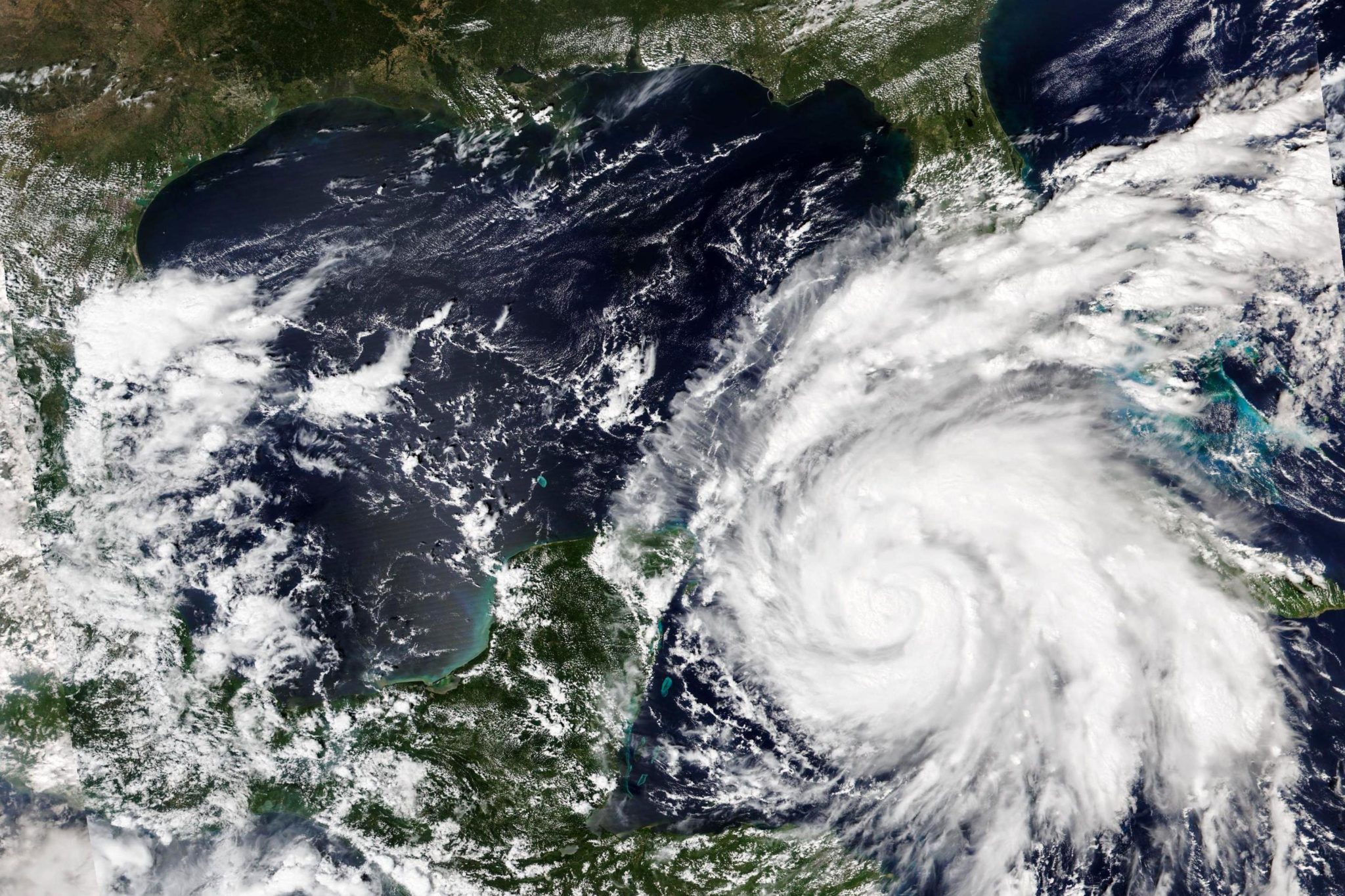Hurricane Straps & Clips: Roof Anchors and Wind Mitigation
Worried about your roof during hurricane season? Unsure if your home is adequately protected against strong winds? You're not alone. Many homeowners face the same concerns. This guide provides a comprehensive explanation of hurricane straps and hurricane clips, detailing their purpose, function, and importance in safeguarding your home against severe weather.
What Are Hurricane Straps and Clips?
Hurricane straps and hurricane clips are metal fasteners used to connect the roof of a building to its walls, providing crucial wind resistance. Their primary purpose is to prevent roof uplift caused by strong winds during hurricanes and other severe weather events. These seemingly small pieces of hardware play a vital role in maintaining the structural integrity of a building, significantly reducing the risk of roof damage or complete roof loss. They are designed to meet specific building codes, ensuring a certain level of protection against specified wind speeds.
Think of it this way: your roof is like a sail on a boat. Strong winds can exert tremendous upward pressure, potentially tearing the roof away from the walls. Roofing straps and clips act as anchors, firmly securing the roof to the structure below. Without these essential components, a building is far more vulnerable to wind damage, leading to costly repairs and potential safety hazards.
Types of Hurricane Straps and Clips
There are various types of hurricane straps and clips, each designed for specific applications and structural configurations. Common types include:
- Foundation straps: Connect the walls to the foundation.
- Rafter ties: Connect the roof truss or rafters to the top wall plate.
- Stud-to-plate straps: Secure wall studs to the top or bottom plates.
- Continuous load path straps: Run continuously from the roof to the foundation, providing maximum resistance to uplift resistance.
The selection of the appropriate type depends on factors such as the building's design, local building codes, and anticipated wind loads. A qualified structural engineer or contractor can determine the most suitable type for a particular application.
Material and Construction
Hurricane straps and clips are typically made from galvanized steel or stainless steel to resist corrosion and ensure long-term durability. The gauge (thickness) of the metal is also a critical factor, with thicker gauges providing greater strength and wind resistance. The design of the strap or clip also plays a crucial role in its performance. Features such as pre-punched holes for fasteners, reinforced bends, and specialized coatings contribute to its ability to withstand extreme forces.
Why Are Hurricane Straps and Clips Important?
The importance of hurricane straps and clips cannot be overstated, particularly in regions prone to hurricanes and other high-wind events. These fasteners provide a critical layer of protection against wind damage, safeguarding both property and lives. According to a 2024 study by the Insurance Institute for Business & Home Safety (IBHS), homes with properly installed hurricane straps experienced significantly less roof damage during hurricanes compared to homes without them.
Storm protection begins with a strong roof. Here's why hurricane straps and clips are so vital:
- Prevent Roof Uplift: The primary function is to resist the upward force of wind on the roof.
- Reduce Structural Damage: By preventing roof failure, they minimize damage to the rest of the building.
- Enhance Home Safety: A secure roof provides a safer environment for occupants during a storm.
- Lower Insurance Costs: Many insurance companies offer discounts for homes with wind mitigation features, including hurricane straps.
- Increase Property Value: A well-protected home is more attractive to potential buyers.
How Do Hurricane Straps and Clips Work?
Hurricane straps and clips work by creating a strong, continuous connection between the roof and the walls of a building. This connection resists the upward force of wind, preventing the roof from being lifted off. The effectiveness of these fasteners depends on several factors, including the type of strap or clip used, the quality of the materials, and the proper installation techniques.
Essentially, they distribute the wind load from the roof to the walls and ultimately to the foundation, preventing any single point from bearing the full brunt of the force. This load distribution is crucial for maintaining the structural integrity of the building during a hurricane or other high-wind event.
The Science of Uplift Resistance
The physics behind roof uplift is relatively straightforward. As wind flows over a roof, it creates a pressure difference. The air pressure above the roof is lower than the air pressure inside the building, resulting in an upward force. This force, if strong enough, can overcome the weight of the roof and the strength of the connections holding it in place.
Hurricane straps and clips counteract this uplift force by providing a strong, mechanical connection that resists the upward pull. The strength of this connection is determined by the type of fastener used, the material it's made of, and the quality of the installation. A properly installed system can withstand significant uplift forces, protecting the roof from damage.
Understanding Load Paths
A "continuous load path" is a critical concept in wind mitigation. It refers to an uninterrupted chain of connections that transfers wind loads from the roof to the foundation. Hurricane straps and clips are essential components of this load path, ensuring that the roof is securely connected to the walls, which are in turn connected to the foundation.
Without a continuous load path, the wind load can concentrate at weak points in the structure, leading to failure. For example, if the roof is not properly connected to the walls, the walls may buckle or collapse under the force of the wind. By creating a continuous load path, hurricane straps and clips help to distribute the wind load evenly throughout the building, minimizing the risk of structural damage.
Hurricane Straps vs. Hurricane Clips: What's the Difference?
While often used interchangeably, hurricane straps and hurricane clips have subtle differences. Generally, hurricane straps are longer and more substantial than hurricane clips, providing a stronger connection and greater uplift resistance. Hurricane clips are typically used for lighter-duty applications or where space is limited.
The best choice between the two depends on the specific requirements of the building and the local building codes. In some cases, a combination of both straps and clips may be used to provide optimal storm protection.
| Feature | Hurricane Straps | Hurricane Clips |
|---|---|---|
| Size | Larger, longer | Smaller |
| Strength | Higher uplift resistance | Lower uplift resistance |
| Application | Heavy-duty, critical connections | Lighter-duty, less critical connections |
| Cost | Generally more expensive | Generally less expensive |
Hurricane Clips Installation: A Step-by-Step Guide
Proper hurricane clips installation is paramount to their effectiveness. While it is highly recommended to hire a qualified contractor, understanding the basic steps can help you ensure the job is done correctly. Incorrect installation can render the straps or clips ineffective, negating their intended purpose.
Here's a general overview of the installation process:
- Assess the Structure: Determine the type of roof and wall construction.
- Select Appropriate Fasteners: Choose the correct type and size of hurricane straps or clips based on building codes and engineering specifications.
- Prepare the Surfaces: Ensure the surfaces to which the fasteners will be attached are clean and free of debris.
- Position the Fasteners: Place the straps or clips in the correct locations, ensuring proper alignment.
- Attach the Fasteners: Use the specified type and size of nails or screws to secure the fasteners to the roof and walls. Ensure the fasteners are driven straight and flush with the surface.
- Inspect the Installation: Verify that all fasteners are properly installed and that the connections are secure.
Common Installation Mistakes to Avoid
Several common mistakes can compromise the effectiveness of hurricane straps and clips. These include:
- Using the wrong type of fastener: Using the wrong nails or screws can weaken the connection.
- Overdriving or underdriving fasteners: Overdriving can damage the surrounding wood, while underdriving can leave the fastener loose.
- Failing to properly align the fasteners: Misaligned fasteners can reduce the strength of the connection.
- Skipping fasteners: Omitting even a single fastener can significantly weaken the entire system.
The Importance of Professional Installation
While DIY installation may seem tempting, it's crucial to recognize the importance of professional installation. Qualified contractors have the knowledge, experience, and tools necessary to ensure that hurricane straps and clips are installed correctly and in accordance with building codes. They can also identify potential problems with the existing structure and recommend appropriate solutions.
Furthermore, professional installation often comes with a warranty, providing added peace of mind. Statistics show that professionally installed roofing straps and clips have a significantly higher success rate during major storm events.
Cost of Hurricane Straps and Clips
The cost of hurricane straps and clips can vary depending on several factors, including the type of fastener, the size of the building, and the complexity of the installation. Generally, the cost ranges from a few dollars per strap or clip to several hundred dollars for a complete installation. It is important to get quotes from multiple contractors to ensure you are getting a fair price. Investing in hurricane straps and clips represents a relatively small price to pay compared to the potential cost of roof damage or complete roof loss. Insurance companies often offer discounts for homes with these wind mitigation features, helping to offset the initial cost.
| Item | Estimated Cost |
|---|---|
| Individual Hurricane Clip | $2 - $10 |
| Individual Hurricane Strap | $5 - $20 |
| Professional Installation (per strap/clip) | $10 - $30 |
| Whole-House Installation | $500 - $2000+ |
Where to Buy Hurricane Straps and Clips
Hurricane straps and clips can be purchased from various sources, including:
- Home Improvement Stores: Major retailers like Home Depot and Lowe's carry a wide selection of roofing straps and clips.
- Building Supply Companies: These companies specialize in construction materials and often offer a wider variety of options.
- Online Retailers: Amazon and other online retailers offer a convenient way to purchase hurricane straps and clips.
- Local Hardware Stores: Smaller hardware stores may also carry a selection of fasteners.
When purchasing hurricane straps and clips, it's essential to ensure that they meet local building codes and are made from high-quality materials. Look for products that are certified by reputable organizations, such as the International Code Council (ICC).
FAQ About Hurricane Straps and Clips
Here are some frequently asked questions about hurricane straps and clips:
- Q: Are hurricane straps required by code?
A: In many coastal areas and other regions prone to high winds, hurricane straps are required by building codes. Check with your local building department to determine the specific requirements in your area.
- Q: Can I install hurricane straps myself?
A: While DIY installation is possible, it's highly recommended to hire a qualified contractor to ensure proper installation.
- Q: How do I know if my home has hurricane straps?
A: You can visually inspect your attic to see if straps or clips connect the roof to the walls. If you're unsure, a qualified contractor can perform an inspection.
- Q: Do hurricane straps really make a difference?
A: Yes! Studies have shown that homes with properly installed hurricane straps experience significantly less roof damage during hurricanes.
Protecting your home from hurricane damage is a serious matter. Installing hurricane straps and clips is a proactive step you can take to safeguard your property and loved ones. Remember, proper installation is key, so consider consulting with a qualified professional. Now that you're armed with this knowledge, we encourage you to take the next step: Share this article with other homeowners who may benefit from this information, or leave a comment below with any additional questions you may have about protecting your home against strong winds.


